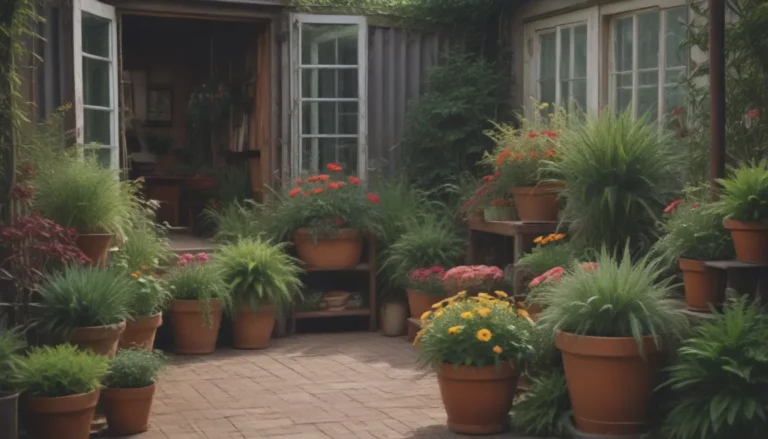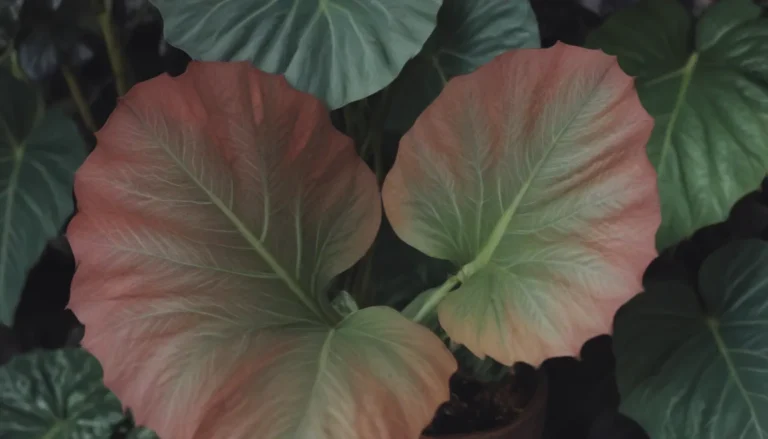Everything You Need to Know About Ragweed and How to Avoid It

If you live in North America, you’ve likely heard of ragweed and its notorious reputation for causing fall allergies. Ragweed is a common plant that releases pollen into the air, triggering allergy symptoms in many people. However, despite its prevalence, not everyone is familiar with what ragweed looks like or how to identify it. In this comprehensive guide, we’ll explore everything you need to know about ragweed, from its appearance to how to avoid it and control it in your yard.
What is Ragweed?
Ragweed is a flowering plant that belongs to the Ambrosia genus. There are two main types of ragweed: common ragweed (Ambrosia artemisiifolia) and giant ragweed (Ambrosia trifida). Common ragweed is often mistaken for other plants, such as mugwort, while giant ragweed stands out due to its towering height, reaching up to 15 feet tall.
Identifying Ragweed
Common Ragweed
- Leaves: The leaves of common ragweed are fern-like and composed of multiple leaflets. They are roughly 6 inches long and 4 inches across.
- Blooms: Common ragweed blooms are inconspicuous, appearing as small yellowish bumps. The plant is monoecious, containing both male and female flowers.
Giant Ragweed
- Leaves: Giant ragweed leaves are palmate, resembling the shape of a hand with either five or three segments. They have serrated edges and are covered in tiny white hairs.
- Blooms: Giant ragweed flowers are similar to common ragweed, with cylindrical flower spikes that are roughly 3 to 6 inches long.
How to Avoid Ragweed
To minimize your exposure to ragweed pollen and avoid allergy symptoms, consider the following tips:
1. Stay Indoors: On high pollen days, try to stay indoors with windows closed to reduce pollen exposure.
2. Check Pollen Counts: Monitor daily pollen counts in your area and plan outdoor activities accordingly.
3. Shower After Being Outdoors: After spending time outdoors, take a shower to remove pollen from your skin and hair.
4. Avoid Peak Pollen Times: Ragweed pollen levels are highest in the early morning and on dry, windy days, so try to avoid outdoor activities during these times.
5. Use Air Filters: Consider using HEPA air filters in your home to capture ragweed pollen and other allergens.
Controlling Ragweed in Your Yard
If you have ragweed in your yard and want to prevent it from spreading, here are some strategies you can try:
– Regular Maintenance: Fertilize and mow your lawn regularly to prevent ragweed from taking over.
– Hand Pulling: Remove ragweed plants by hand before they bloom to prevent seed dispersal.
– Herbicides: Use a weed-killer herbicide during mid-spring to early summer while the plants are still immature.
By following these tips, you can reduce your exposure to ragweed pollen and minimize allergy symptoms during the fall months.
Conclusion
In conclusion, ragweed is a common plant that can wreak havoc on allergy sufferers during the fall season. By learning to identify ragweed and implementing strategies to avoid it, you can better protect yourself from allergy symptoms. Additionally, controlling ragweed in your yard can help prevent it from spreading and exacerbating allergy issues. Remember to stay informed about pollen counts in your area and take proactive measures to minimize your exposure to ragweed pollen. By being proactive and vigilant, you can enjoy the fall season without the nuisance of ragweed allergies.





